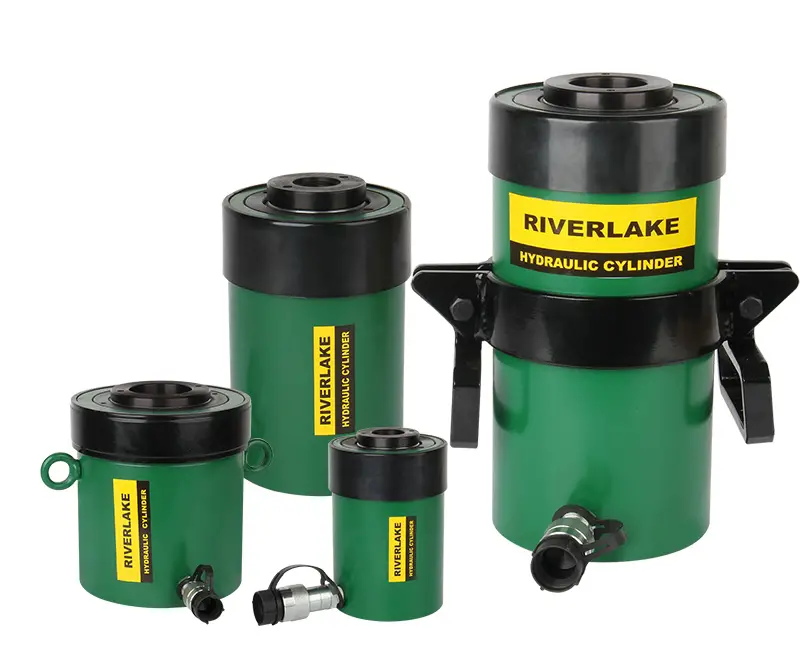Click here to get this post in PDF

A hydraulic cylinder is critical to many commercial industries. It is used in the aerospace industry in landing gears and flap control systems, in the agricultural industry as spraying equipment for water and pesticides, in civil engineering purposes, in construction industries for manufacturing concrete pumps, in the motorway repairing industry, and even during shipbuilding for manufacturing the steering mechanisms.
When they have some malfunction you need to repair them by hiring expert personnel. For repairing you will have to disassemble a hydraulic pump first.
Ensuring to prepare for the disassembling stage
The first step is of course to disassemble your pancake hydraulic cylinder. And for this to be done you need to clean the exteriors of the cylinder to prevent unnecessary dirt, oil, grease, and similar debris from getting into the tank.
Keep in mind that you will have to do the disassembling in a clean space if it is possible. Sometimes emergency repairing may be needed to be done when it is connected to the other parts of system machinery.
Bot for overhaul general repairing and maintenance it is better to remove the hydraulic cylinder and ensure that the repairing or maintenance activity be done in a dust-free or contamination-free zone to ensure that the interiors remain free of dust and other particulate matters.
After the cleaning or repairing or the maintenance activity has been done you can always disconnect the ports and hoses and plug them insecurely. Then you can keep the cylindrical ports and allow the hydraulic fluid to drain out.
How to disassemble your hydraulic cylinder?
For disassembling your pancake hydraulic cylinder you will have to retract the rod assembly and the external wiring ring. You can then use a mallet and a punch to push the head of the hydraulic cylinder until the internal groove comes out along with the internal wiring ring.
You will have to position the internal wiring ring of the pancake hydraulic cylinder in such a way as to remove it into a new position.
When you look at the seal replacement kit it contains a plastic removal ring that you need to straighten and then insert into the internal groove that connects the endpoint into the tube.
Remember that if the ring is not entirely into the groove and in case you pull out the rod then it may get stuck and become trapped within the tube and the head. So it is better than if the ring is not within the groove then you can remove it entirely and try again.
Now you need to extend the rod and pull out the head from the tube to completely remove the rod. Do not force the rod out as this can bring in greater resistance resulting in jamming of the ring and the interiors, or the other interior parts of the cylinder may be damaged.
So, ensure to remove the rod out smoothly. Once you accomplish it the locknut, the piston and the head gland can now be removed from the pancake hydraulic cylinder.
For you, it is very important that you closely inspect and monitor the interior of the cylinder and the piston rod for signs of damage and wear and tear. These are generally polished and thus it is not hard to find out for signs of crack, bulge, dent or scratches all of which can reduce the operational efficiency of the pancake hydraulic cylinder.
What key things do you need to look at while doing the disassembly of a hydraulic cylinder?
The rod has to be taken out carefully and then inspected to determine for signs of damage if you see any signs of damage then it is better to repair it or buy a new one. Sometimes fabricating it will also help and you don’t always have to buy a new one.
Sometimes with long use, the general wear and tear may erode the piston seal. If such is the case then you will surely have to look for replacing it or else repair it.
You will have to manually check the rod seal for any distortion signs and to find out whether the rod is bent out or worn during years of use. Sometimes you may find the tube of your pancake hydraulic cylinder to be scratched, pitted, for which you may need to pit or hone it. But if the damage is deep then you must better go for replacement.
If you find out a leak and check out that the shaft or the cylinder fore have no damages, then this likely indicates damage to the seal. Keep in mind that you should check for scratches or gouges on the surface. Ensure that all seals are installed for the proper functioning of the pistons inside the hydraulic cylinder.
You may also like: Understanding & Learning All About the Importance of Gate Valves
